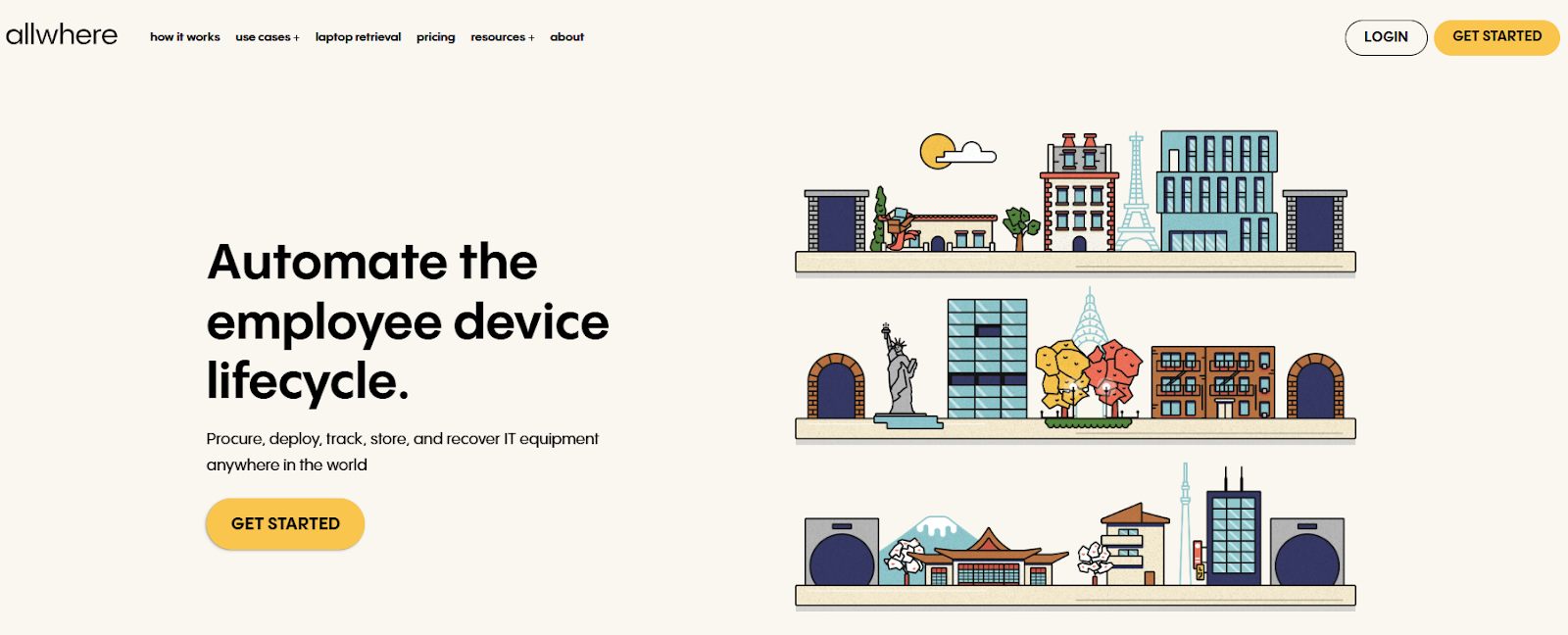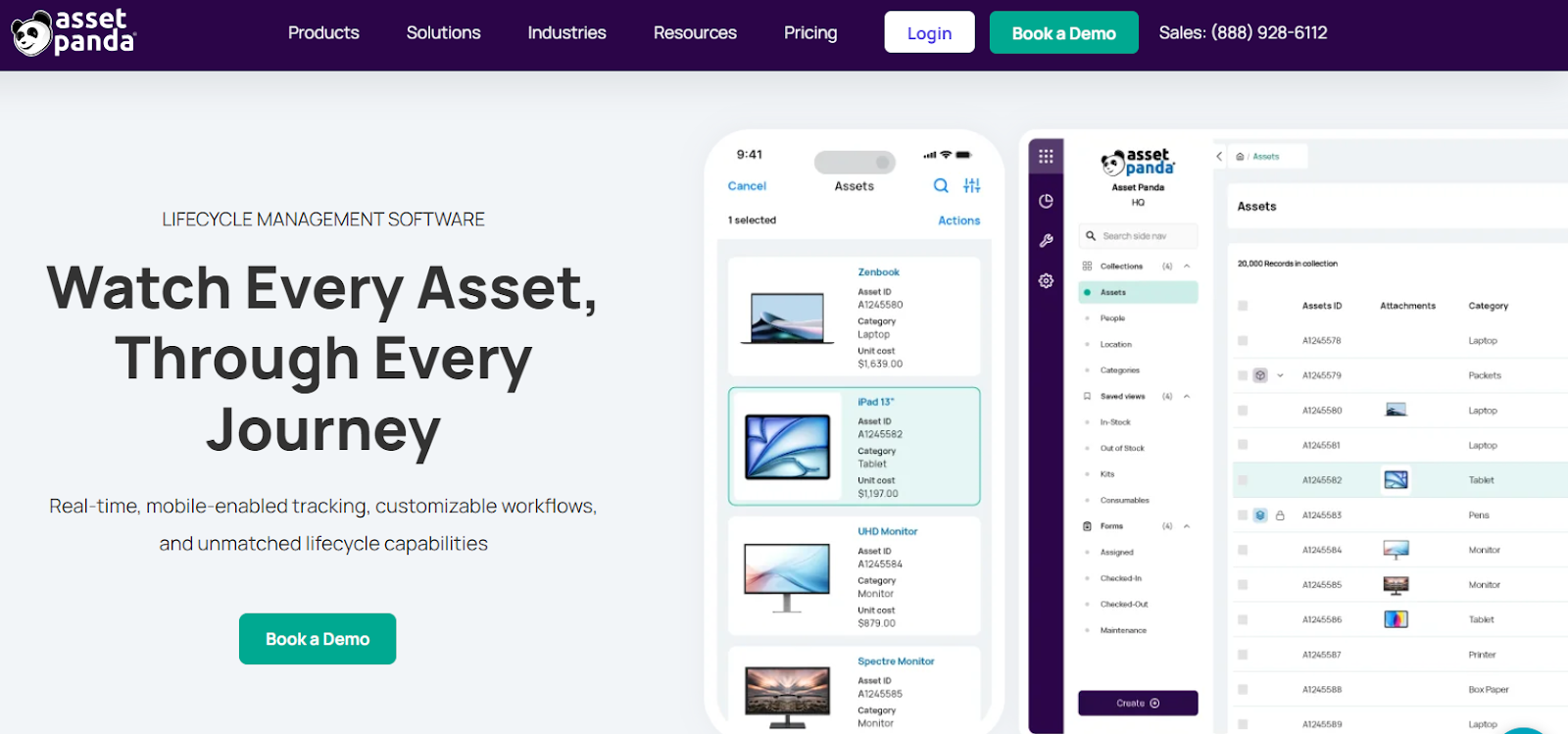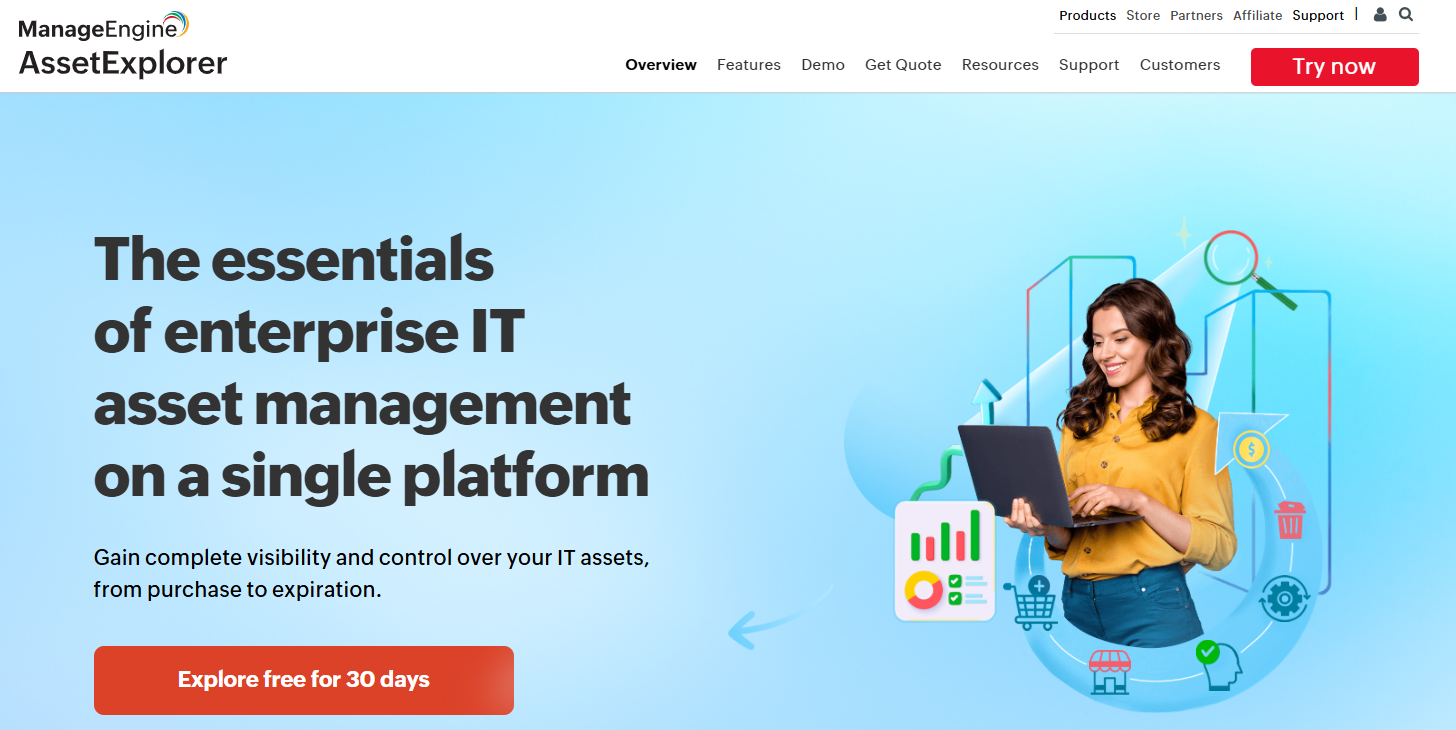Gartner highlights Firstbase in 2025 MDLS Guide for second year in a row >> Get the guide >>
Skip to main content

Workwize built its name as a Device-as-a-Service provider for distributed teams. It works fine if your goal is basic box shipping, but as one HR director put it, ‘we’ve reached a point where onboarding and off-boarding is unmanageable across 36 states and overseas, and Workwize stops there. Many IT leaders share the frustration. The model doesn’t scale: inventory visibility is weak, global coverage is slow, and costs rise fast once you pass a few hundred employees.
As another user noted on Reddit, “Workwize isn’t really an inventory management solution; it’s expensive if you just need to track assets.” Devices get stuck in customs, retrievals drag for weeks, and growth quickly outpaces what these logistics-first tools can handle.
In this blog, we’ll look at what’s driving teams away from Workwize, how other vendors like Deel IT, GroWrk, and Allwhere compare, and why only a few platforms (like Firstbase) are built to handle global scale. If you’re already frustrated by slow turnarounds or missing devices, this will show you what better looks like.
Teams using Firstbase report 1.8× better asset tracking and 1.6× higher retrieval rates compared to legacy models. Take a self-guided product tour and see how those gains look inside your own lifecycle dashboard.
Running device logistics in-house looks cheap until someone tallies the hours and exceptions. Let’s look at the implications.
What does that mean at work?
When leaders add those line items, DIY is rarely cheaper. That’s the gap most “Workwize alternatives” fail to address: predictable operations at scale, and measurable reductions in time, cost, and risk.
We’ve compared the top six Workwize alternatives that bridge those gaps.

Firstbase provides growing and global teams with a single platform for hardware asset management from purchase to disposal. For teams of 50 or 5,000, the platform combines an asset portal with operations: ordering, fulfillment, returns, repairs, and remarketing.
It links each serial number to an employee, logs custody actions for audits, and stores disposition records, so IT and Finance don’t have to chase paper when compliance or ESG questions arise. The service mixes software controls with a staffed ops function, a self-service “Virtual IT Closet” for common requests.
Plus, live agents for exceptions reduce repetitive tickets and keep Day-1 provisioning predictable. Integrations take less than a day without a rip-and-replace or developer sprint. Firstbase connects seamlessly with existing ITSM, MDM, and HR systems, so teams can migrate without disrupting current workflows.
Firstbase supports flexible buying models (purchase, lease, or accept existing fleets), operates regional warehousing, and enforces device wipe and recycling protocols. That combination aims to turn device management from a recurring firefight into a measurable, auditable program that scales with headcount and geography.

Customers save over $100,000 a year in shipping and reclaim 5,000 hours of IT labor, backed by 99% satisfaction across global programs. Use the ROI Calculator to project your team’s time and cost savings instantly.

Deel IT combines Hofy’s global delivery network with Deel’s HR and payroll stack to give companies a single place to buy, ship, and manage devices worldwide. The product centralizes approvals, team-specific allowances, and a storefront so your managers can set budgets and employees will pick preconfigured gear.
It accepts devices from third-party suppliers or your existing fleet, handles repairs and loaners, and offers around-the-clock operations support. Deel IT states a sub-10-day global delivery window with a 99.5% success rate, and it holds SOC 2 Type II and ISO 27001 attestations. Security controls include automatic MDM enrollment, endpoint protection, and certified data erasure on return.


GroWrk focuses on speeding device programs for companies that span many countries. The platform covers procurement in 150+ countries and promises device delivery in under seven business days.
The product targets teams that want predictable lead times and simpler billing. GroWrk promises device delivery in under seven business days and three-tier pricing to suit different budgets. It advertises automation for ordering and returns, an AI help desk for routine platform questions, and human ops support for urgent issues.


Allwhere focuses on predictable device programs for companies hiring across borders. The service handles procurement, deployment, returns, and resale across 48 countries, routing orders from regional warehouses so hires receive configured gear quickly.
A single dashboard shows device condition, warranty status, and resale value, so teams schedule refreshes based on real usage, not guesswork. Allwhere links to HRIS and MDM systems, so employees map to assets automatically.
For teams that need reliable delivery windows and audit-ready disposition records, Allwhere removes manual follow-ups and spreadsheet reconciliation.


Asset Panda is a configurable, cloud-first IT asset management platform that replaces spreadsheets with a single searchable record for every item. Teams store photos, manuals, warranty dates, repair histories, and depreciation details, so they no longer have to hunt for information.
The platform works in browsers and on mobile, and administrators map custom fields and workflows to match existing processes. Implementation includes hands-on support and training, which speeds up adoption and keeps data accurate.
Organizations use Asset Panda when they need a single, reliable source of truth for mixed fleets (including IT devices, facility equipment, and leased assets) without building a bespoke system.


ManageEngine AssetExplorer is an IT asset management suite built for companies that need visibility across large on-premises or hybrid environments. It automates hardware and software discovery, license tracking, and contract management so IT can monitor assets from purchase to disposal.
Deployment options include both cloud and on-prem servers, with integrations into ManageEngine Endpoint Central, Microsoft 365, and Zoho Analytics. A visual lifecycle canvas lets administrators design and automate asset workflows without coding.
It’s for big companies standardizing ITAM workflows for governance and audit readiness.

At this point, you’ve seen the names: Deel IT, GroWrk, Allwhere, Asset Panda, and ManageEngine. Each promises speed, automation, or visibility. But if that were enough, IT leaders wouldn’t still be drowning in return kits, missing laptops, and customs delays. The real problem is that most of them solve for logistics, not for scale.
Look closer, and the cracks appear. IT teams running manual or semi-manual ops lose up to 75% of their time each week just managing shipments, imaging, and retrievals. Device retrieval leaves thousands of dollars of equipment unreturned. Finance eats another $4,000 per employee per year in downtime and repairs from outdated workflows.
These numbers don’t show up in comparison tables. That’s why we’re not giving you another checklist. You’ll understand what modern IT looks like when those wasted hours and hidden costs finally stop eating your budget and your team’s time.
The difference between Firstbase and every other “Workwize alternative” is in the math. The hours, retrieval rates, and recovered capital show how much modern IT teams can gain once they automate logistics.
Start with retrievals. Most companies still recover only 50-60% of issued devices, leaving the rest lost, sitting in closets, or wiped from memory until audit season. Firstbase customers consistently reach 97% retrieval rates, verified through chain-of-custody logs and automated return kits. In a mid-size SaaS firm, that single change reclaimed $175,000 in hardware value and 700+ hours of IT labor during one workforce reduction.
Finance sees the impact in actual dollars, not just efficiency charts. Customers recover an average of $163,000 in annual asset value with resale credits and higher redeployment rates. The predictable per-seat pricing model also removes surprise freight and customs charges that used to erode budgets.
HR benefits from the same automation on the other side of the employee lifecycle. In distributed teams, manual provisioning can delay start dates by weeks. With Firstbase, companies cut that window to under 48 hours using pre-approved device catalogs and regional warehousing.
If this breakdown proved anything, it’s that not all “Workwize alternatives” are built for scale. The takeaway is simple: most alternatives stop at delivery. But Firstbase is the only platform that brings 48-hour global provisioning, 97% retrieval performance, and measurable ROI for IT, Finance, and HR in one system.
Teams using Firstbase save an average of 2,000+ IT hours a year and recover up to 30% more asset value through automation, reuse, and resale credits. Book a demo and find out how much time and capital your team can win back this quarter.
Not much. Your existing hardware stays put. Firstbase connects with Jamf, Intune, or Kandji on day one and automatically imports all device data. The full cut-over typically takes eight business days, handled by a single admin in under two hours of setup.
No. Every order runs on flat per-seat pricing that already covers duties, shipping, and certified data wipes. The number your Finance team approves is the one that appears on the invoice, with no end-of-month reconciliations or hidden extras.